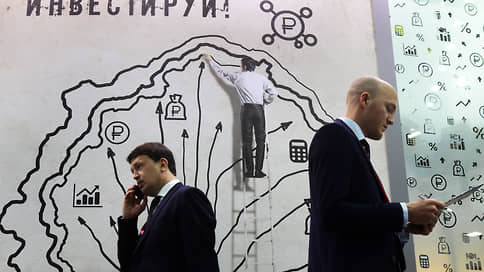Issuers lost interest in placing yuan bonds in the first half of the year
[ad_1]

The first half of the year was successful for organizers of debt placements – investment banks conducted 286 market placements for almost 1.5 trillion rubles. In contrast to the previous half of the year, companies mainly placed ruble-denominated securities, while interest in yuan bonds decreased due to insufficient liquidity and the growth in the cost of such borrowings. In the second half of the year, the ruble will remain the main placement currency, even despite the possible tightening of the Central Bank’s monetary policy.
According to Cbonds data, in the first half of 2023, BC Region retained its leadership in terms of the volume of market placements of corporate bonds. During the reporting period, the company participated in the organization of 33 issues for 255 billion rubles. Second place with a result of 239 billion rubles. took SberCIB, and Gazprombank (178 billion rubles) remained in third place. A total of 286 market placements worth almost RUB 1.5 trillion were made during the reporting period.
The main consumers of investment banking services were companies in the real sector of the economy, however, market participants note an increase in demand for placements from companies in the financial sector. Real sector issuers, according to Alexander Yermak, chief debt market analyst at BC Region, accounted for more than half (about 55%) of the total volume of placements in the first half of the year. Another 16% was the share of the banking sector, more than 12% – other financial companies. “In the primary exchange market, the placement of bonds of the first echelon prevailed – 103 issues accounted for about 1.15 trillion rubles,” Mr. Yermak estimates. In addition, 23 issues of the second tier accounted for 160 billion rubles, 21 issues of the third tier accounted for 150 billion rubles.
At the same time, market participants note a decrease in issuers’ interest in the placement of yuan bonds, which, against the backdrop of the closure of the external market, have become an alternative to Eurobonds in “toxic” currencies. At the end of the half year, 15 issues were placed for 23.8 billion CNY, which is more than half the figure for the second half of 2022 (58.7 billion CNY). In addition, two-thirds of the total volume of placements fell on the bonds of Rosneft (15 billion CNY).
Market participants attribute this situation to a shortage of yuan liquidity and an increase in the cost of such borrowings, while reducing base rates on the yuan of the People’s Bank of China. “In 2022, due to the sharp risk aversion of the dollar and the euro, banks have yuan accounts of Russian exporters. But in 2023, the inflow to them was not enough to give a second wind to the yuan bond market. Chinese financial institutions have not yet begun active work on the Russian market,” said Dmitry Nikonov, Executive Director of Sovcombank. Vladimir Yevstifeev, head of the analytical department of Zenit Bank, draws attention to the fact that due to the shortage of yuan liquidity, issuers have to take into account that investors may demand a premium during placement, which will increase the cost of borrowing.
At the same time, issuers have not lost interest in this market segment. Last month, Gazprombank registered five issues of such bonds (see Kommersant dated June 15), and Sberbank is still planning to issue such bonds. But, as Alexander Vedyakhin, the first deputy chairman of the board of the bank, noted at SPIEF, the bank is waiting for a large amount of liquidity in yuan.
However, analysts do not expect an improvement in the situation with yuan liquidity in the second half of the year and a revival in the yuan bond market. “From the side of the balance of payments, we are seeing a decrease in the inflow of foreign currency into the country, while the restoration of imports and the outflow of capital abroad creates an increased demand for foreign currency,” Vladimir Evstifeev points out. In such conditions, in his opinion, yuan holders are more likely to place the Chinese currency through short-term swaps, where rates consistently exceed 6% per annum, and sometimes rise above 7% per annum.
In this regard, companies will continue to actively place ruble securities even in the face of an expected increase in the key rate. According to Dmitry Nikonov, the expected tightening of the Central Bank’s policy may create incentives to enter the market before the expected increase in the key rate. Moreover, companies still need long-term funding, which can now be raised mainly in rubles. “On the market, there is a continued investment activity of the business, these expenses will require an increase in borrowings,” notes Vladimir Evstifeev.
[ad_2]
Source link





